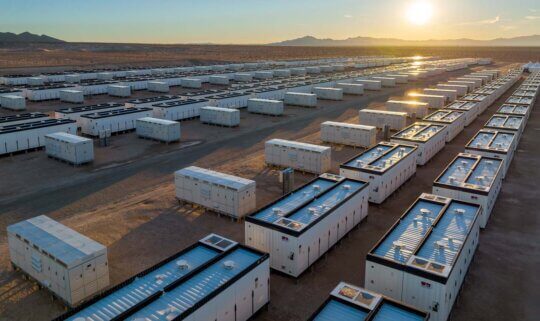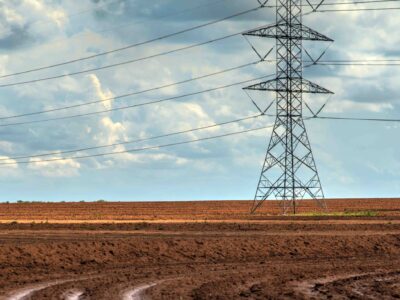Government collaboration is critical in the growth of clean energy storage systems. As these systems continue to grow across the United States and around the world, government partners are beginning to create effective rules for permitting these developments. Environmental and safety regulations, as well as location choices, are important considerations for local, state, and federal governments to consider as they partner with various energy storage developers.
According to the USAID Energy Storage Decision Guide for Policymakers, energy storage is poised to be instrumental in developing reliable, clean, and affordable new electricity supply sources. Thus, government policymakers should review the storage’s unique functions and needs to create long-lasting and logical regulations.
The American Clean Power Association (ACP) says the number of energy storage systems increased more than 10 times over between 2016 and 2021.
They are the heart of a resilient power grid because they enhance renewable energy sources’ capabilities to power homes, businesses, and regions safely and reliably. Storage systems store energy produced by the clean energy systems that are not used — for example, excess solar during the day or wind gathered at night — and release that energy when demand outpaces natural supply.
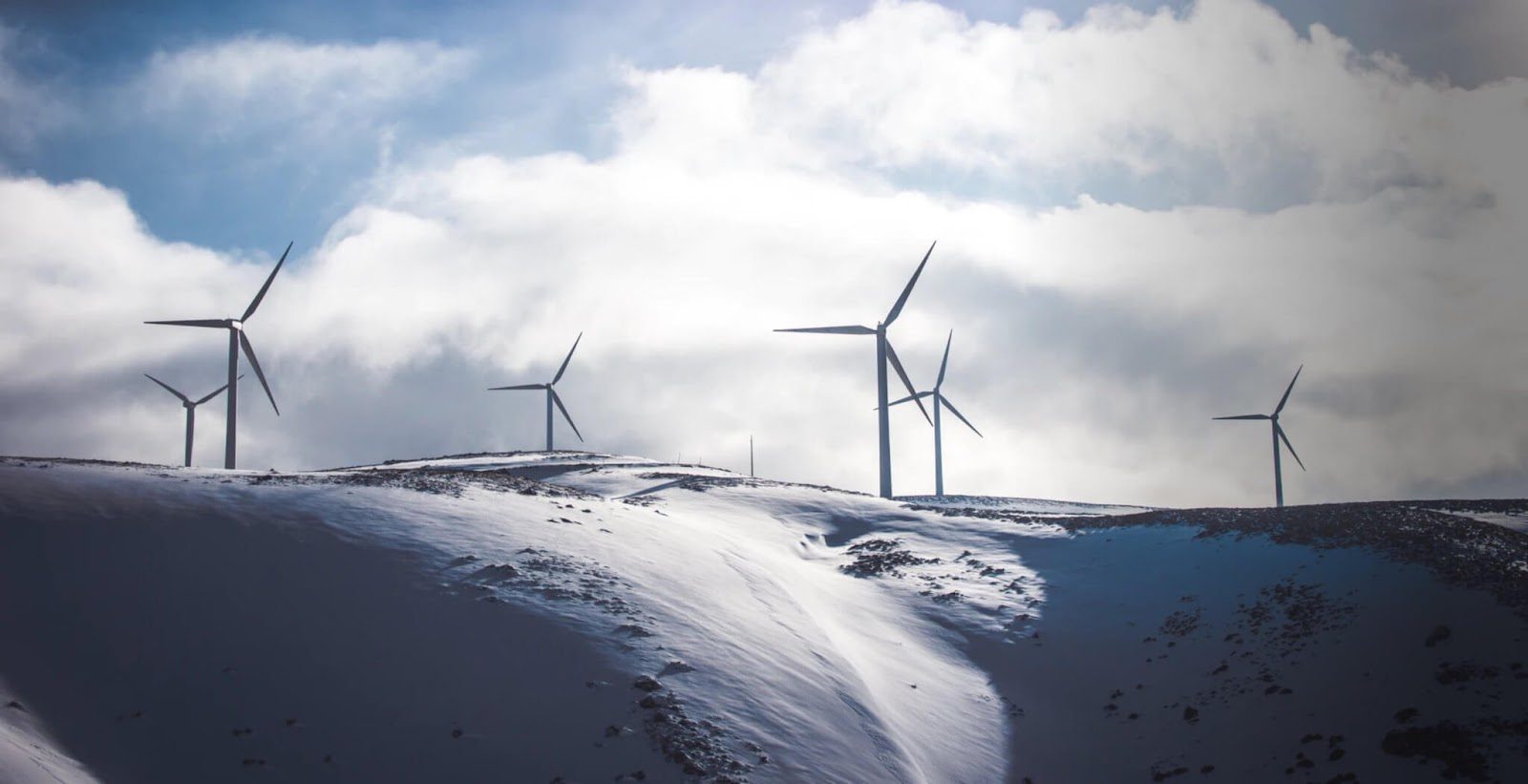
Photo Courtesy American Clean Power Association
“But VRE [variable renewable energy] resources such as wind and solar depend on daily and seasonal variations as well as weather fluctuations; they aren’t always available to be dispatched to follow electricity demand,” Robert Armstrong, MIT’s Chevron professor of chemical engineering and chair of the recent Future of Energy Storage study, told “MIT News.” “Our study finds that energy storage can help VRE-dominated electricity systems balance electricity supply and demand while maintaining reliability in a cost-effective manner — that in turn can support the electrification of many end-use activities beyond the electricity sector.”
There are numerous types of energy storage systems, each with unique challenges and needs. Battery energy storage — generally using lithium batteries — plays an essential role in the new electrical grid by supporting the deployment of renewable energy, such as wind and solar. It can be charged by those electrical sources.
Thermal, hydro-power, and flywheel storage systems are also in use, while new storage technology includes compressed air, gravity, underground pumps, magnets, and hydrogen storage. All of these energy storage systems are in various stages of development and have individualized regulation needs.
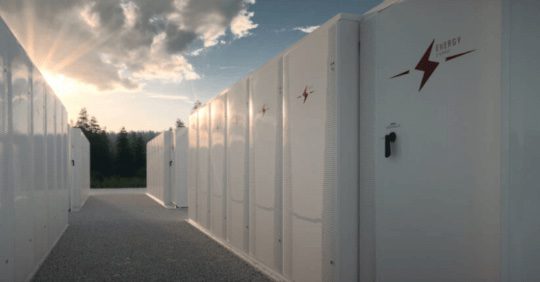
Photo Courtesy American Clean Power Association
As all of these types of energy storage systems grow, government partners and energy industry leaders are working to create effective rules, especially when it comes to permitting new developments.
Standards and ordinances needed for manufacturing, construction, installation, and operation, as well as emergency response, are at the top of the list.
According to ACP, energy storage can safely and effectively integrate into any zoning district with the proper considerations. Environmental review and permitting can be streamlined at the site of renewable energy facilities like solar or wind. Partnerships with local emergency responders mean those responders get the right initial training and regular follow-up sessions to ensure community safety.
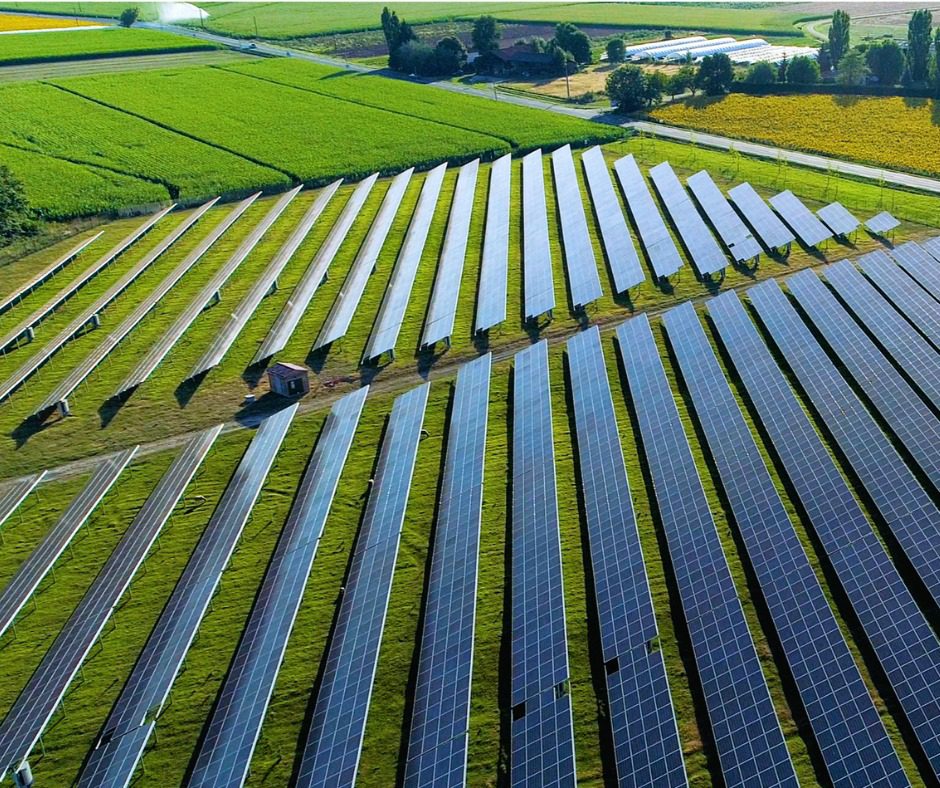
Photo Courtesy American Clean Power Association
Effective rules, ordinances, and safety plans are needed for the proper deployment of energy storage systems. As the U.S. pivots toward net-zero carbon emissions by 2050, more clean energy is required. And many experts say that clean energy needs battery storage to speed up its replacement of polluting fossil-fuel-based energy.
“… the remaining piece for decarbonization of the grid is you have to make it dispatchable and have a mechanism for matching supply with demand, and that basically means you need storage,” Alan Greenshields, director of Electrical Energy Storage, Europe, said to “Renewable Energy Magazine.” “You can’t do it without storage.”

